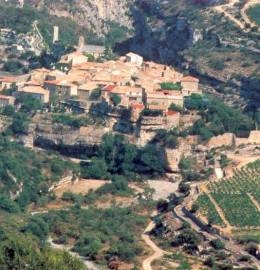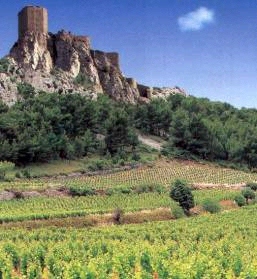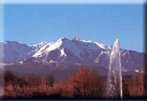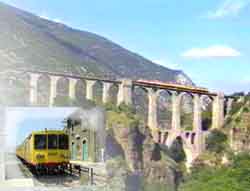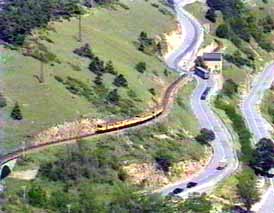Continuing further up the Pyrenees, in the direction of Andorra we come to another walled town, Mont Louis. Constructed by Vauban these fortresses were built against Spanish invasions
Because of exceptional weather, and clarity of its air the only scientific solar industry in Europe is situated in this area. Solar furnaces can be visited in Mont-Louis and Font-Romeu. From a distance the solar oven appears to be a huge satellite parabole made up of mirrors. Rays of the sun are focussed to a central point, and this gives a temperature higher, than that, generated by a nuclear bomb. It has been used extensively in the heat testing of parts for the space program.
This area is a protected region with an exceptional environment.
Ecology is an important public concern in this area. The mix of Mediterranean climate and altitude, provides a landscape rich in flora and fauna, that offers a wide base of interest for all tastes. Nearby, many locations have sulphurous hot springs, where you can enjoy the pleasure of an outdoor spa even in the coldest periods, and are advantageous to people with breathing problems.
Mont Louis marks the start of the skiing areas of the Pyrenees and here you will see some of the many ski runs and lifts. For lovers of hikeing and winter sports. The "Neiges Catalanes" is a skiing area with nine ski resorts and 160 pistes. A large number of cross-country tracks, representing over 200 Km, are open during the season.
All year round, mountain guides organize hiking on one or several days.
Mont Louis is also the main barracks of the French Parachute regiment
